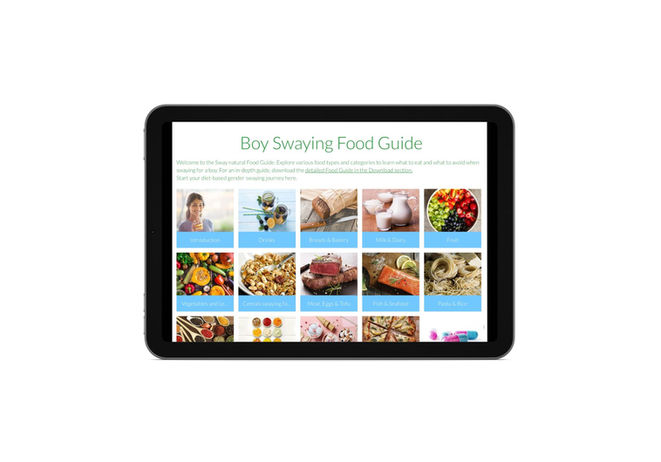

Eat Sway Love
Dive into 'Eat Sway Love,' your dedicated zone for diet-based gender swaying. Recognised as the most influential and controllable method to sway the odds of conceiving your preferred gender, this section equips you with all the necessary tools and knowledge.
Explore our comprehensive food guides, detailed and handy quick food look up tools, fertility dietitian-approved meal plans and recipes, and connect with a community of like-minded individuals to support you on your journey to sway the odds in favor of conceiving the gender you desire.
01
Science & Concept
The Science: Uncover the scientific basis of how diet influences gender swaying, featuring accessible research and evidence.
Concept: Explore the role key minerals in swaying gender odds, available exclusively for members.
03
Quick Food Look Up
Instantly check the sway potential of over 700 foods with our Quick Sway Food Look Up tool. This powerful resource empowers you to make informed dietary decisions that align with your gender swaying goal.
02
Food Guides
Learn how our Food Guides, including supplements, reveal dietary choices that can sway the odds in your favor. Discover the impact of specific foods and minerals to help you conceive your desired gender. Available online and as a downloadable PDF with quick reference tables.
04
MEAL Plans and Recipes
Immerse yourself in exclusive Meal Plans and Recipes developed with fertility dietitians, offering a delicious and scientific approach to sway the odds of conceiving your preferred gender. Navigate your journey with confidence, backed by expert nutritional guidance. Available online and as a downloadable PDF.








